12 Artful Spiritual Room Designs to Inspire Your Creative Journey!
Introduction: Finding Your Inner Sanctuary
In a world that often feels too busy, noisy, and digitally saturated, carving out a peaceful sanctuary at home has never been more vital. A spiritual room isn’t just a trendy interior design choice—it’s a sacred space where you can connect with your inner self, rejuvenate your energy, and inspire creativity. Whether you practice meditation, yoga, prayer, journaling, or simply need a quiet place to reflect, the ambiance of your environment can significantly influence your emotional well-being and artistic flow.
The beauty of a spiritual room lies in its personal and artful expression. There’s no one-size-fits-all formula—it’s all about what speaks to your soul. From minimalist Zen corners to bohemian sanctuaries filled with plants and crystals, this blog explores 12 artful spiritual room designs that will not only elevate your home decor but also inspire a deep, creative journey within. Let’s dive in!
1. The Zen Minimalist Retreat
Clean lines, muted colors, and uncluttered spaces define this design. A Zen-inspired spiritual room helps eliminate distraction and promote mental clarity. Soft tatami mats, shoji screens, low wood furniture, and bonsai plants evoke the calming spirit of Japanese aesthetics. Minimalism here doesn’t mean sterile—it means intentional. Every object has a purpose, from the incense burner in the corner to the single meditation cushion that invites daily reflection.
Add a water feature like a tabletop fountain to introduce the soothing sound of running water. This kind of environment is perfect for those who find peace in simplicity and need a quiet mental space to think, write, or create.
2. Boho Soul Sanctuary
If your heart leans toward vibrant colors, patterns, and layers of textures, then the boho spiritual room is your calling. Think Moroccan rugs, hanging tapestries, macramé wall art, and an abundance of houseplants. Here, creativity thrives in the chaos of eclectic harmony.
Use warm lighting—perhaps Himalayan salt lamps or string lights—to create a cozy, magical glow. Incorporate an altar filled with your favorite spiritual symbols, candles, crystals, feathers, or photos. This space can double as your yoga or journaling corner, feeding your creative spirit with sensory richness and soulful vibes.
3. The Nature-Infused Nook
Nature is one of the most powerful spiritual guides. A spiritual room inspired by the natural world invites grounding, balance, and harmony. Wooden furniture, stone accents, and earthy colors (think moss green, sandy beige, and terracotta) set the tone. Bring the outdoors in with plenty of plants—especially those with air-purifying qualities like peace lilies and snake plants.
Windows that let in natural light are a bonus, as is positioning the room with a view of the sky or garden. Include nature-themed art or a small indoor fountain to elevate the sensory connection. This design is perfect for artists and writers who draw creative energy from the earth and natural cycles.
4. Sacred Geometry Studio
Sacred geometry has been revered in spiritual traditions for centuries. From mandalas to Metatron’s cube, these intricate shapes are more than just beautiful—they represent the structure of the universe. A spiritual room based on sacred geometry becomes a portal to higher thought and awareness.
Use wall decals or art that features geometric patterns, install a crystal grid on your altar, and incorporate shapes like circles (wholeness), triangles (spiritual ascent), and spirals (growth). This style is ideal for those who use their room for spiritual study, energy healing, or intuitive creative practices.
5. Light and Shadow Meditation Space
Some rooms evoke spirituality through dramatic play of light and shadow. Think of arched windows that cast morning light across the floor, or rooms illuminated only by candles and soft lanterns. This kind of spiritual room design is particularly powerful for evening meditation, moon rituals, or shadow work journaling.
Use deep, rich wall colors—like indigo, charcoal, or aubergine—and decorate with reflective surfaces such as mirrors or metallics to balance darkness with light. The contrast itself becomes a metaphor for self-discovery and transformation. Creatives who thrive in twilight or find beauty in introspection will love this moody, atmospheric space.
6. Ethereal White Haven
On the opposite end of the spectrum, an all-white or soft pastel spiritual room feels like stepping into a cloud. It’s ideal for practices that require spiritual purity and energetic cleansing—like Reiki, angelic meditations, or writing from a high vibrational state.
Sheer curtains, white crystals like selenite, feathered decor, and floating shelves help maintain the ethereal vibe. Add textures such as faux fur rugs or embroidered cushions to keep the space warm rather than clinical. This kind of design promotes serenity and elevates your creative expression to a celestial plane.
7. Artistic Expression Corner
Why separate your art from your spirituality when you can blend the two into one sacred creative hub? Design a spiritual room that doubles as your studio—filled with easels, canvases, sketchbooks, musical instruments, or poetry journals.
Decorate the walls with your own artwork or spiritual icons that inspire your craft. Use colors that ignite emotion—like deep red for passion, blue for truth, or green for heart energy. Let incense, soft music, and the aroma of essential oils set the mood. This is a space where spirit meets muse.
8. Ancient Wisdom Library
For lovers of spiritual texts, philosophical books, and sacred scriptures, the ultimate spiritual room may resemble a personal library. Fill shelves with works from Rumi, Thich Nhat Hanh, the Bhagavad Gita, or mystical poetry. Add a cozy reading nook with floor cushions or a chaise lounge under warm lighting.
Use antique-style furniture and brass candle holders to evoke the feeling of timeless wisdom. Incorporate sacred symbols—such as Om, the Tree of Life, or lotus blossoms—into your decor. The vibe here is contemplative, grounded, and deeply intellectual—a wellspring for creative writing and spiritual journaling.
9. Chakra-Inspired Energy Zone
Design your spiritual room around the seven chakras to create a balanced energy flow that stimulates both mind and body. Divide the space into color-coded zones, each representing a chakra. You can incorporate wall art, yoga mats, cushions, or crystal placements accordingly.
For instance, place a red floor mat near the entry for the root chakra, use indigo lighting for the third-eye area, and set up a crown chakra altar with amethyst and white candles. This energizing design is ideal for yoga practitioners, healers, or anyone using movement and color as part of their creative process.
10. Mystic Moroccan Escape
Infuse your spiritual room with the warmth and enchantment of Moroccan design. This includes mosaic tiles, lantern lighting, rich fabrics, and arched mirrors. The result is a spiritual oasis where incense smoke curls through the air and every corner invites mystery and beauty.
Add low seating, poufs, and layered rugs to make the room feel grounded yet luxurious. Spiritual practices in this space may include tarot reading, dream journaling, or listening to meditative music. The visual opulence encourages the imagination to roam and the soul to dance.
11. Temple-Inspired Prayer Room
If your spiritual path involves structured prayer or devotion, creating a temple-like atmosphere can greatly enhance your practice. Use symmetry, altar placement, sacred symbols, and intentional lighting to evoke reverence. Add prayer beads, statues, incense holders, or sacred books depending on your tradition.
This kind of spiritual room is typically quiet, private, and meticulously arranged. It’s not just for prayer—it’s a creative altar for your higher self. Whether you’re writing affirmations, reading sacred texts, or composing devotional poetry, this space holds you in spiritual grace.
12. Multi-Sensory Immersion Space
A fully immersive spiritual room appeals to all five senses—plus intuition. Combine aromatherapy (essential oil diffusers), sound healing tools (like Tibetan singing bowls or chimes), touch (plush fabrics and tactile stones), sight (color therapy lighting or mandala art), and taste (a small tea station or herbal apothecary).
The goal is total presence. This design is perfect for those engaged in energy work, visualization, or creative sessions that rely on full emotional engagement. Whether you’re composing music, painting mandalas, or crafting affirmations, this room helps you connect to your soul and senses in harmony.
Conclusion: Create the Sacred Space Your Spirit Deserves
No matter your aesthetic, belief system, or creative outlet, a well-designed spiritual room can be a powerful catalyst for transformation. It’s more than decor—it’s a sanctuary where your soul breathes, your mind clears, and your creativity flourishes.
The twelve artful designs we’ve explored—from the Zen retreat to the Moroccan escape—are not rigid blueprints, but inspirational seeds. Mix and match elements to create a space that reflects your journey, intentions, and passions. Whether you meditate, write, paint, pray, or simply seek stillness, your spiritual room should feel like a homecoming to your truest self.
Let your intuition guide the way. Light a candle, play sacred music, and begin creating the sacred space where your next creative breakthrough is waiting.
Ready to design your own spiritual sanctuary? Share your favorite idea in the comments, or pin this post to revisit when you’re ready to begin!

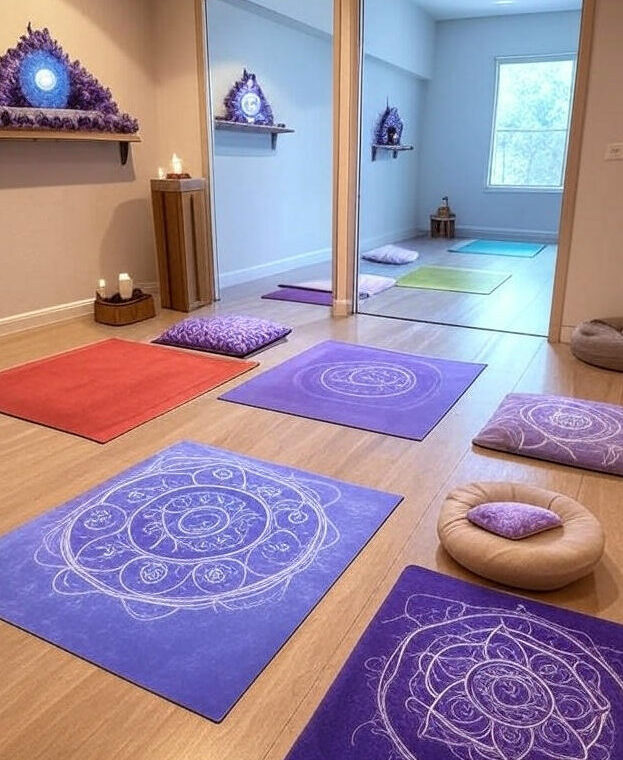

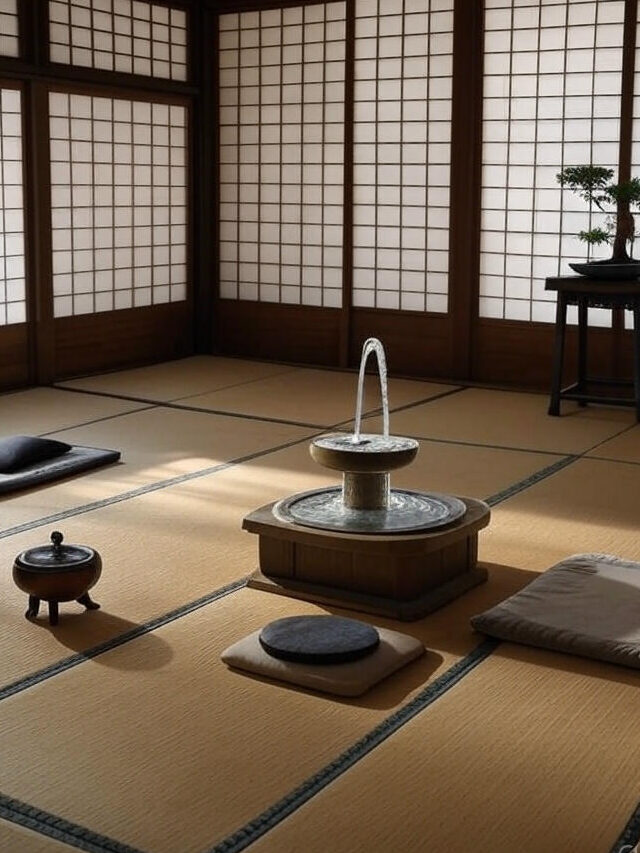
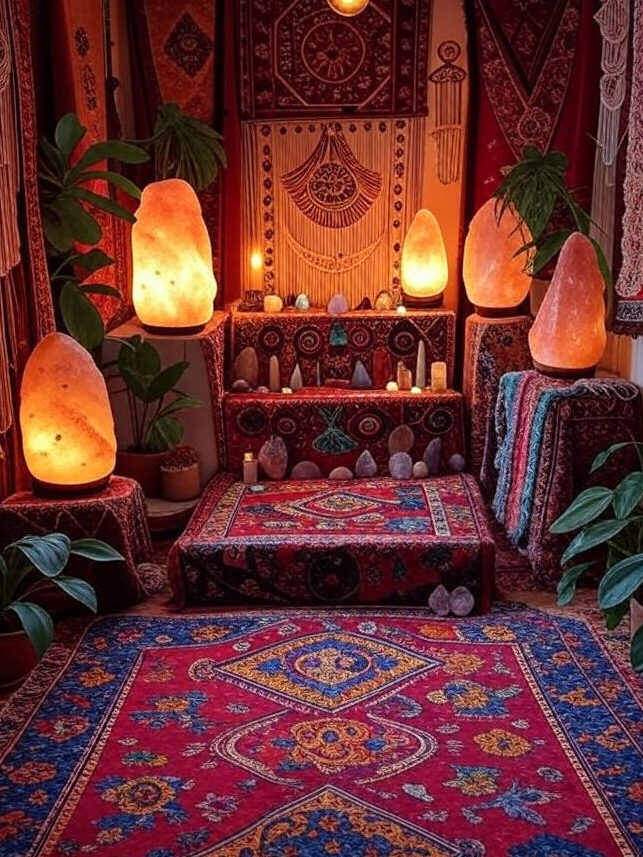
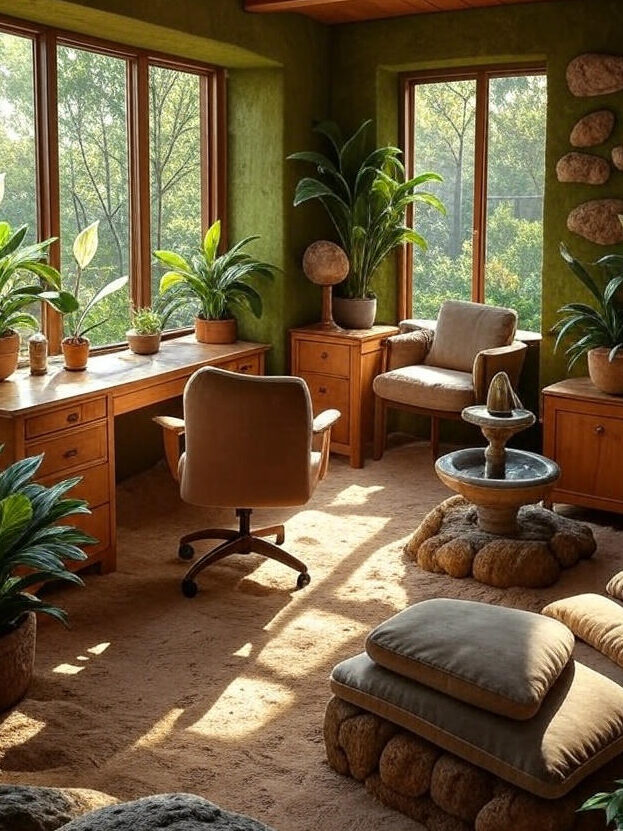
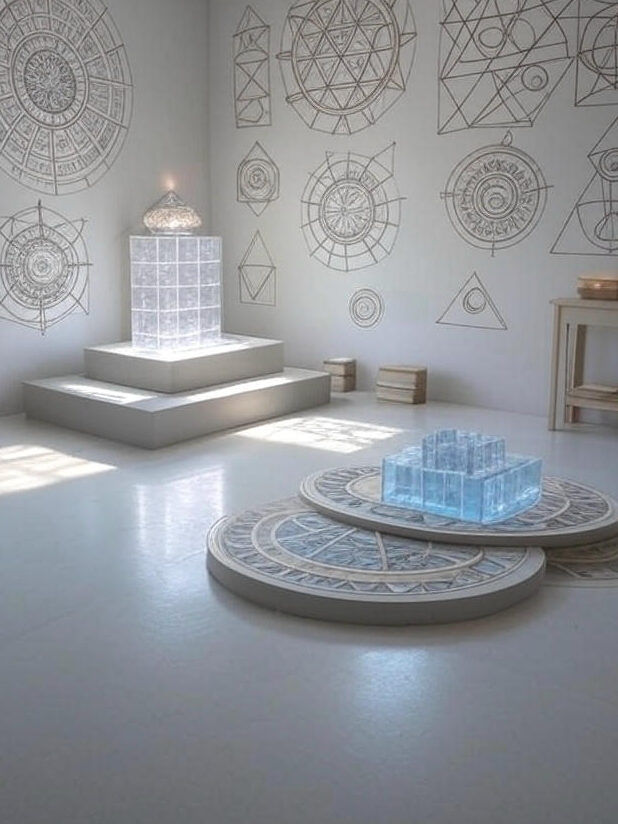
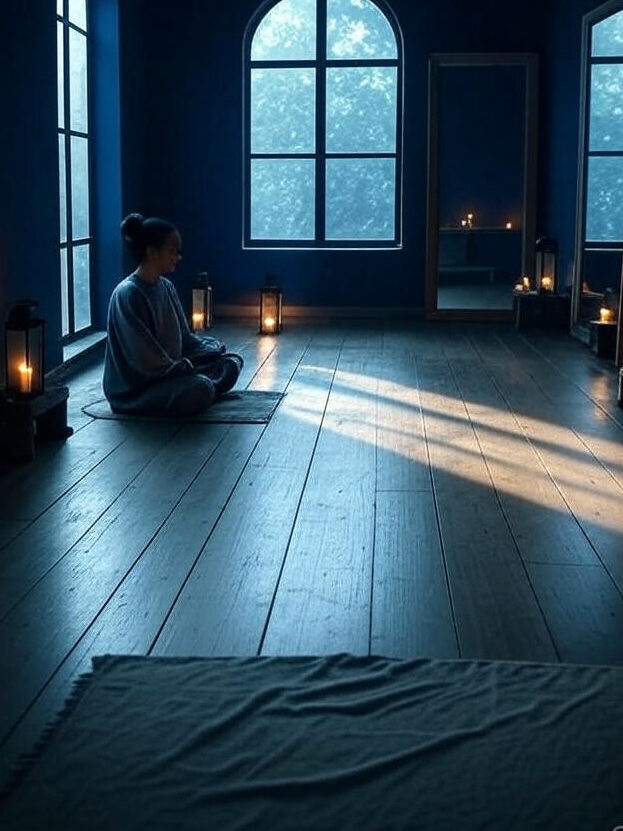
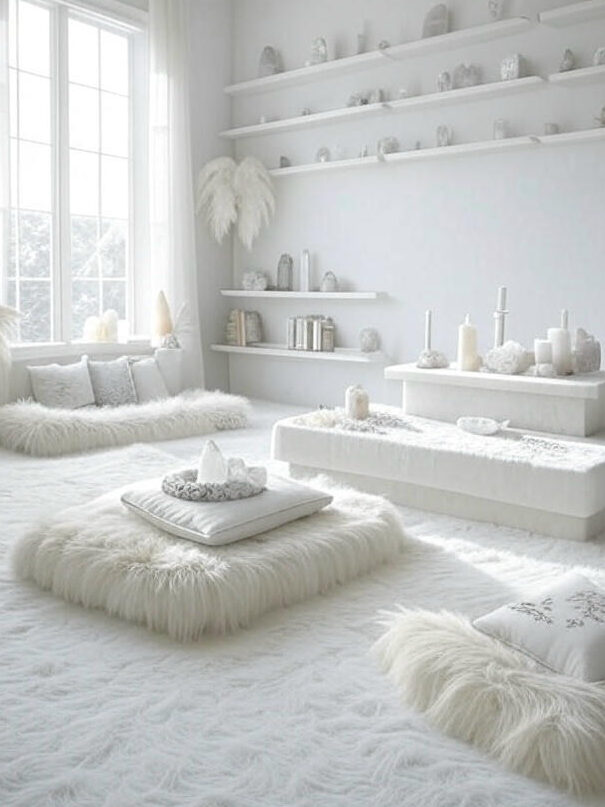
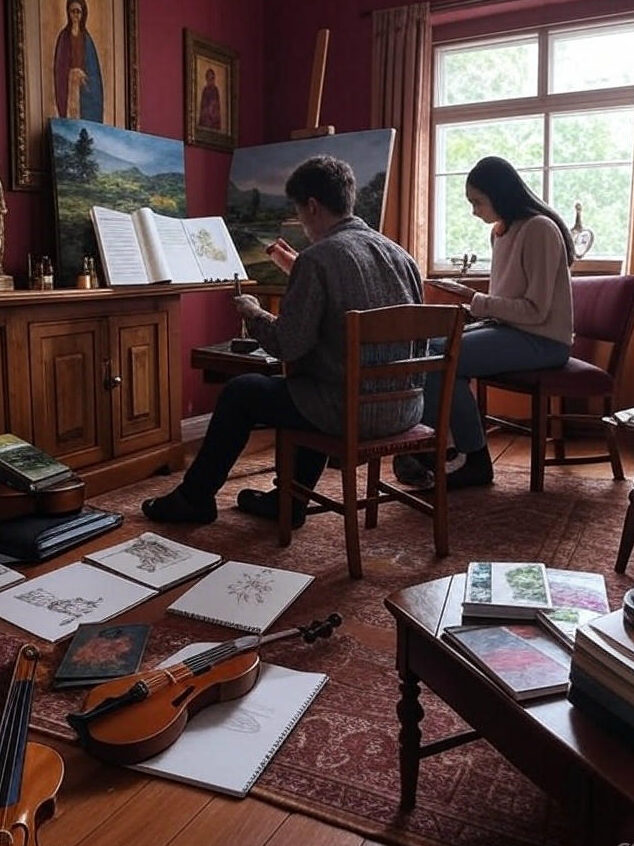


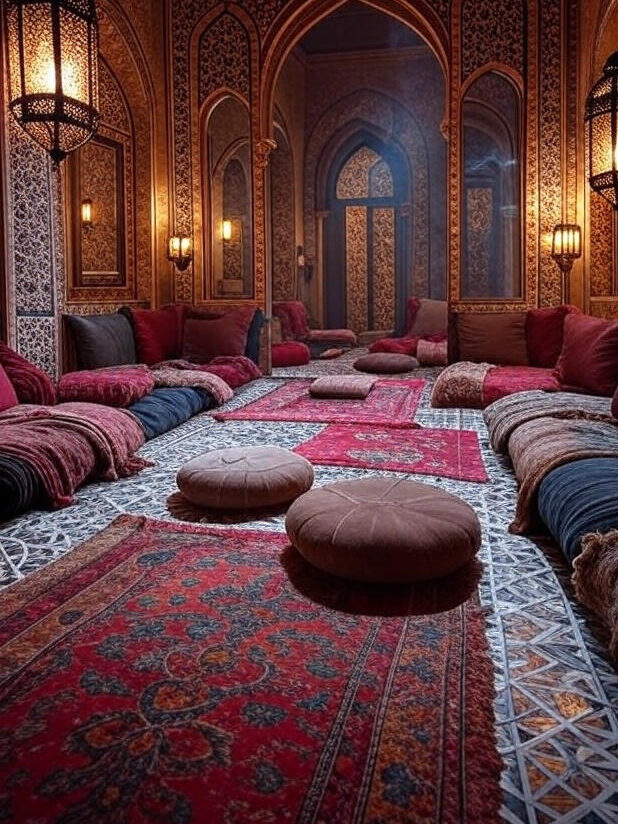
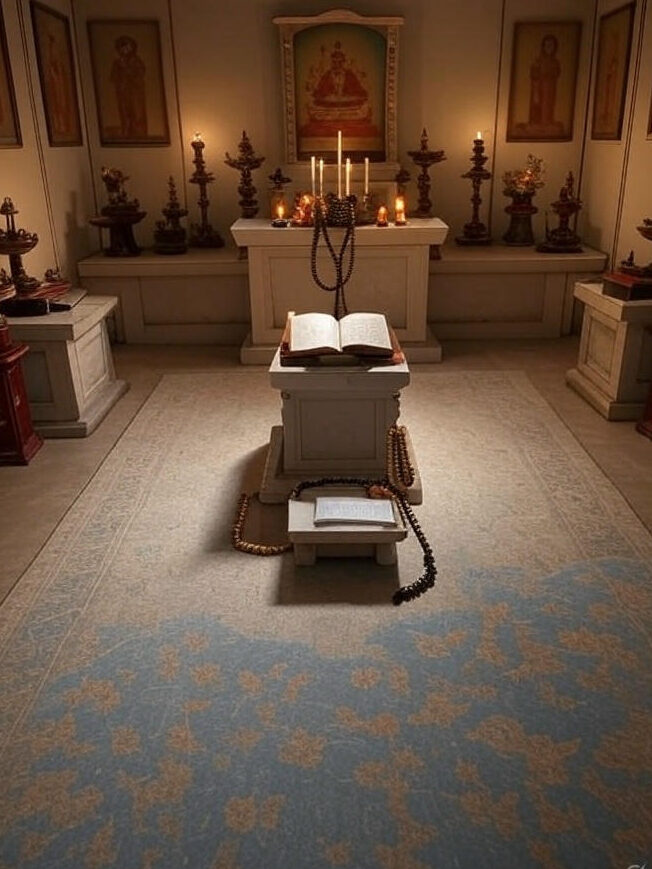
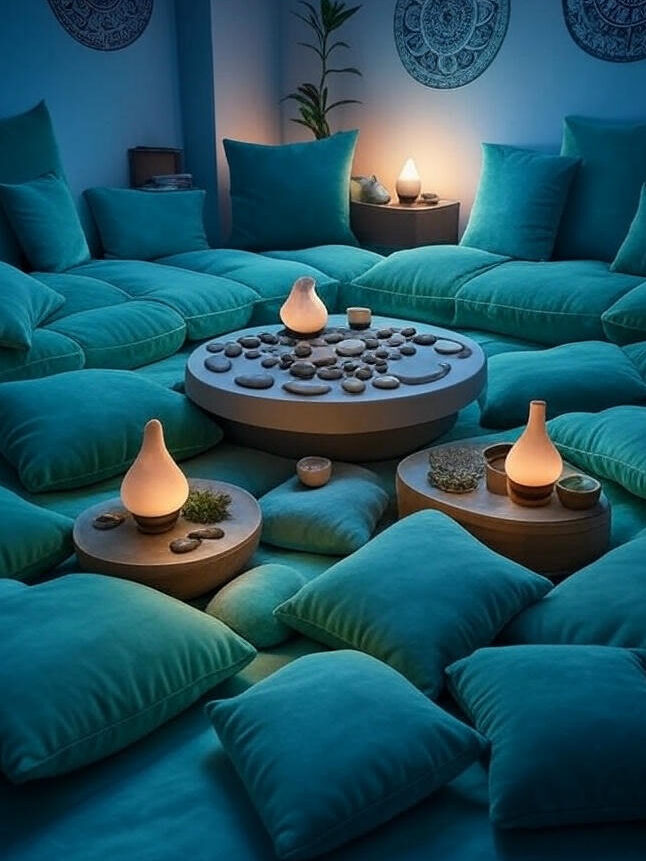










0 Comment